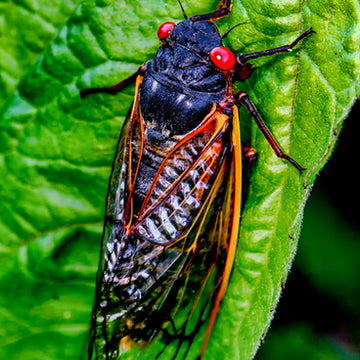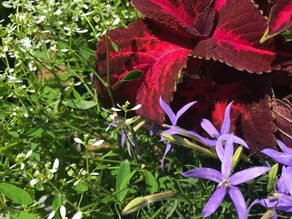In 2024, the Midwest will witness a remarkable natural phenomenon: the emergence of periodical cicadas. This event, anticipated for late spring when ground temperatures hit approximately 65 degrees, is set to be a spectacular sight. For gardeners and plant enthusiasts, it also brings concerns about protecting their green spaces from potential damage. What makes this year particularly unique is the concurrent emergence of Brood XIX and XIII, marking the first time since 1803 that these broods will co-emerge. With seven named periodical cicada species appearing as adults simultaneously, the opportunity to witness such an event won't recur until 2037. Understanding how to safeguard your plants during this period is essential. Discover steps to take and learn what to expect during the 6 to 8 weeks of cicada activity, along with effective strategies to safeguard your yards, gardens, and landscaping.

Protecting Your Plants
One of the most effective methods to shield your plants from cicada damage is by covering trees, bushes, and shrubs with netting. Opt for netting with openings of half an inch or less, as this will prevent cicadas from accessing your plants. To install, drape the netting over the plant and secure it at the base with stakes or weights. Additionally, consider using fine mesh bug netting for specific trees or plants. Avoid bird netting, as its openings are typically too large to deter cicadas. Ensure the bottom is securely tied to the trunk to prevent cicadas from crawling beneath the netting. This protective measure can be removed once the adult periodical cicadas have completed their lifecycle, usually by the end of June.
Avoiding Chemical Solutions
While chemical insecticides may seem like a good option, they are less effective against cicadas than netting. Chemical insecticides can pose risks to both the environment and beneficial insects. Instead, use netting for protection. Check out our nursery for netting options!

Reviving Your Trees and Shrubs
Most trees and shrubs can recover from cicada damage and, fortunately, do so independently. For further assurance and precaution, there are steps you can take to facilitate their revival. Begin by removing damaged branches, which enhances the tree's overall health and encourages the growth of surviving branch stems. Taking care of the soil around the tree and providing appropriate fertilization can help alleviate stress and promote recovery.
As the 2024 cicada emergence approaches, it is essential to protect your green spaces proactively. Strategies such as netting and proper tree care can minimize the impact of cicadas on your garden and landscaping.
Our knowledgeable team is just a call or visit away to learn more about the steps to keep your plants, greenery, and landscape thriving! Together, we can ensure that your outdoor spaces flourish!

Serving St. Louis since 1950, we're proud to be the favorite destination for plants and landscaping materials. Explore our 10-acre haven and find out why generations choose Passiglia Landscape, Nursery, & Garden Center to make their outdoor dreams come true. Dive into our blog for garden tips, seasonal plant highlights, and the latest in landscape design. Here, landscaping isn’t just our business—it’s our passion.
 636-458-9202
636-458-9202


 Landscape Design & Installation
Landscape Design & Installation





